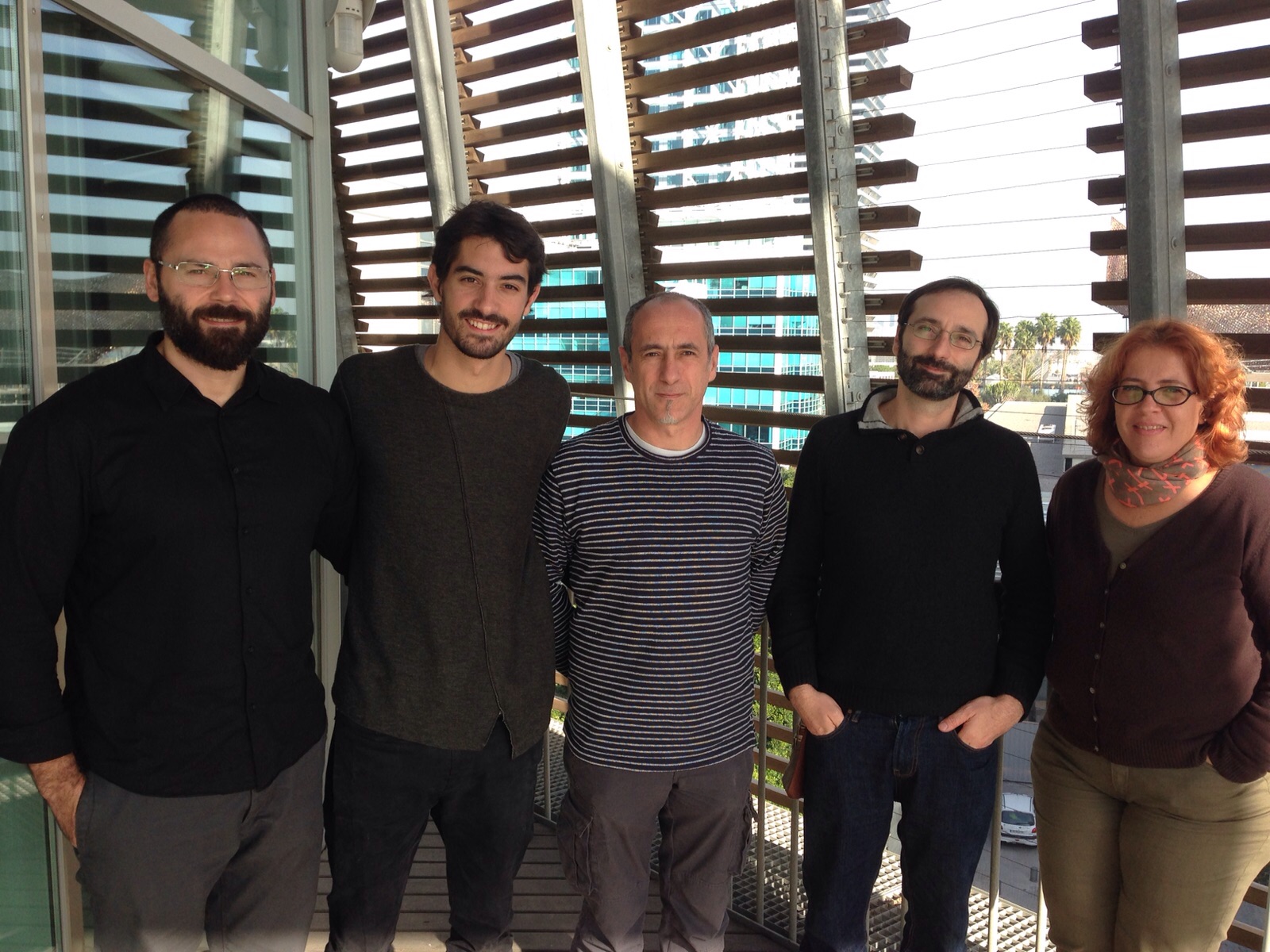Applying the principles of electricity to genetic engineering
 Can we predict the behavior of a live organism through its proteins and genes in the same way as we do with a machine through its components? This is a key question for many experts in synthetic biology a discipline that looks for the application of engineering in the design of new genetically modified organisms. Scientists from the Complex Systems Lab have developed a mathematical model that predicts the gene expression of an organism and have concluded that, far from following a logic based on the peculiarities of biology, it presents a striking parallel with the laws governing electrical circuits.
Can we predict the behavior of a live organism through its proteins and genes in the same way as we do with a machine through its components? This is a key question for many experts in synthetic biology a discipline that looks for the application of engineering in the design of new genetically modified organisms. Scientists from the Complex Systems Lab have developed a mathematical model that predicts the gene expression of an organism and have concluded that, far from following a logic based on the peculiarities of biology, it presents a striking parallel with the laws governing electrical circuits.
Genetic engineering is a reality
Synthetic biology aims to improve the functions of the organisms by giving them capabilities they originally did not possess. Behind this trend are projects such as the fight against malaria or the generation of new energy sources of biological origin. Changes in the body are made possible by genetic engineering, which allows adding genes from other species to an organism. Synthetic biology not only seeks to introduce a new gene, but the necessary instructions that determine when the body must perform said function and when not.
However, when a new gene is introduced into the DNA of a cell, cellular stress is generated, causing an extra load in the cellular genetic expression of the cell and affecting to its metabolism. This load makes it impossible to predict the behaviour of an entire full genetic circuit by characterizing the individual genes that compose it, this being this one of the greatest limitations for the progress of synthetic biology.

The genetic expression of a cell depends on the resources that it canwithin reach, so if the genetic expression demand increases (as a consequence of the addition of a new gene, for example), but the cellular resources are maintained, the final result of the genetic expression will be altered. In the same way that sometimes we switch on a stove heater in our house and we notice that the light bulb in the room suffersdims, adding a gene to a living organism can affect the expression of another gene, however theregardless of the little scarce relationship they may seem to have.
More than a electric principle for electricity
The team led by Carlos Rodríguez and Javier Macía has developed a mathematical model to predict the genetic load that a cell will suffer when a particular gene is introduced. The mathematical model has resulted in a formula surprisingly similar formula to the Ohm's law, which that governs electrical circuits in series.
This mathematical model has been validated experimentally with bacteria. The authors of this scientific article thus confirm that a genetic circuit in respondse to an increasing number of genetic loads behaves analogously similarly to how an electric circuit with connected to a power supply responds to electrical chargesresistances in a series connected to a real power supply.

The formula obtained and its validation demonstrate that genetic load is an additive property that allows the predictingability of the behaviour of a whole genetic system’s behavior, a key step in genetic engineering that until now could not be achieved.
Genetics is not the only field where an adapted Ohm’s law seems to fit. Previous studies show that other circuits, like the bloody circulatory system or body heat dissipation, can also be described following the Ohm’s law. “Ohm’s law could be a more general principle that goes beyond the electrical metaphor”, the authors comment the authors. This study suggests the existence of a more fundamental principle that may emerge in systems where there is competition for shared limited resources needed to perform different activities of regulation.
